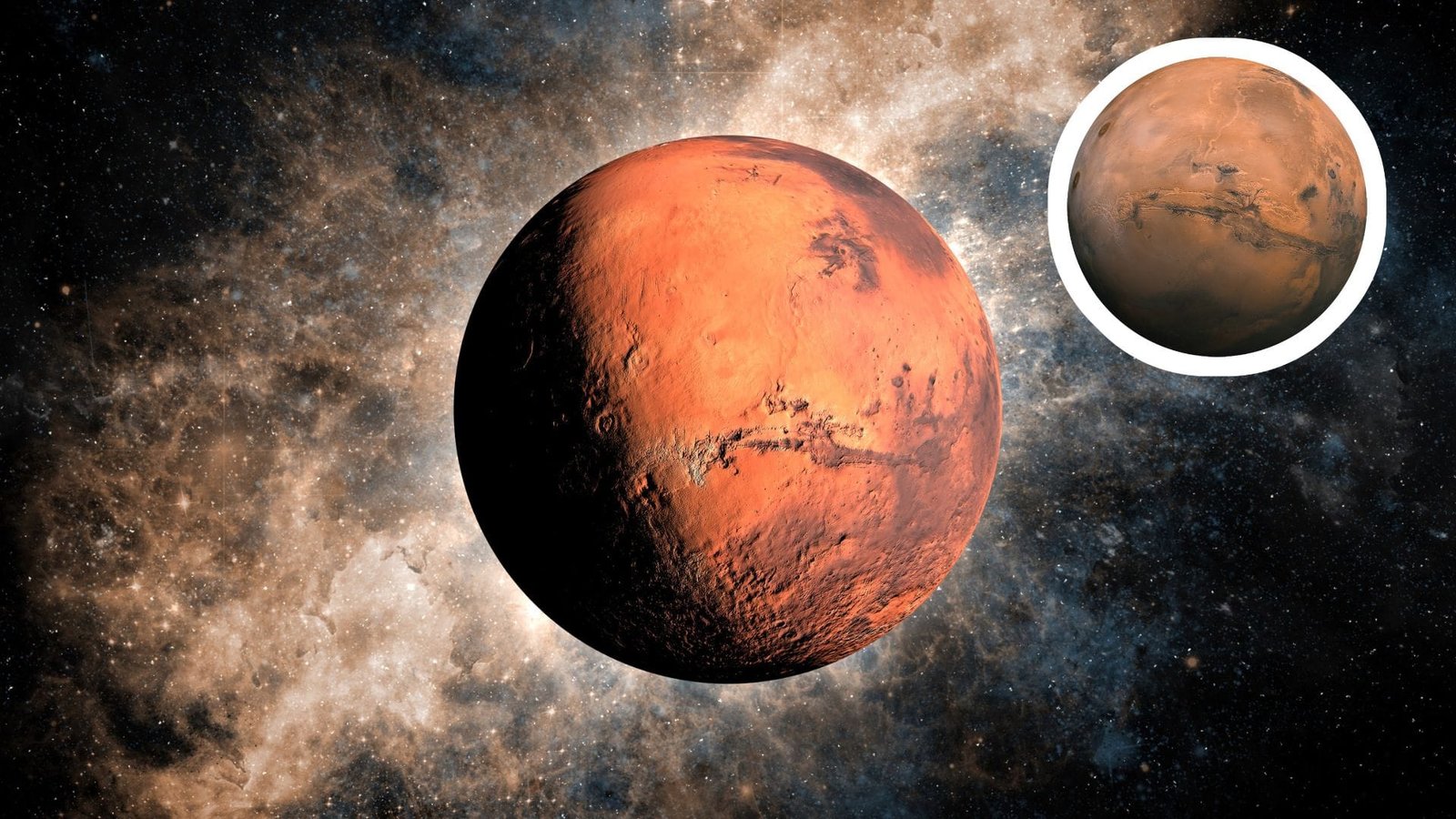
Introduction to Elon Musk
Elon Musk, a name synonymous with innovation and entrepreneurship, has captivated the world with his ambitious ventures and groundbreaking ideas. Born on June 28, 1971, in Pretoria, South Africa, Musk showed an early affinity for technology and entrepreneurship. By the age of 12, he had already created and sold a video game called Blastar, which marked the beginning of his illustrious career in technology.
Musk moved to the United States to attend the University of Pennsylvania, where he earned dual degrees in physics and economics. This educational foundation laid the groundwork for his future endeavors in the tech industry. In 1995, he dropped out of a Ph.D. program at Stanford University after just two days, choosing instead to co-found Zip2, a city guide software for newspapers. The success of Zip2 paved the way for Musk’s subsequent endeavors.
In 1999, Compaq acquired Zip2 for approximately $307 million, providing Musk with the financial resources to further his ventures. His next significant project was X.com, an online payment company, which eventually evolved into PayPal. The sale of PayPal to eBay in 2002 for $1.5 billion in stock was another major milestone in Musk’s career, establishing him firmly as a key player in the tech industry.
Musk’s entrepreneurial spirit led him to co-found SpaceX in 2002, with the vision of reducing space transportation costs and enabling the colonization of Mars. Subsequently, he joined Tesla Motors in 2004, transforming it into a leader in electric vehicles. Musk’s diverse roles, spanning from aerospace to automotive to renewable energy, underscore his commitment to pushing the boundaries of technology and sustainable innovation.
Educational Journey
Elon Musk’s educational path has played a fundamental role in shaping his innovative mindset and entrepreneurial pursuits. His journey began at Queen’s University in Kingston, Ontario, where he enrolled in 1989. Studying there for two years provided Musk with a foundational understanding of diverse subjects, alongside exposure to the vibrant multicultural environment of Canada. This period allowed him to broaden his perspective, foster creative thinking, and develop essential interpersonal skills, all of which would later influence his ability to lead and inspire teams in his ventures.
In 1992, Musk transferred to the University of Pennsylvania, where he pursued dual degrees in physics and economics. The rigorous curriculum in physics honed his analytical skills and problem-solving abilities, enabling him to tackle complex scientific challenges. Meanwhile, his studies in economics helped cultivate a strong understanding of market dynamics and the financial principles necessary for successful business operations. These dual degrees exemplify Musk’s multifaceted intelligence and reflect his belief in the integration of technology and business.
Musk’s educational experiences laid the groundwork for his future ventures. At Penn, he actively sought opportunities to apply his learning outside the classroom. His entrepreneurial spirit began to manifest while running a nightclub that catered to students. This venture not only illustrated his knack for business but also revealed his willingness to take risks—an essential trait for any successful entrepreneur. Ultimately, Musk’s educational journey, marked by a rich blend of disciplines and hands-on experiences, significantly influenced his trajectory as an innovator. The knowledge and skills he acquired during this time would prove instrumental in his later achievements, setting the stage for his transformative impact in fields ranging from electric vehicles to space exploration.
Career Beginnings and Zip2
Elon Musk’s foray into the technology industry began in the mid-1990s, with the establishment of his first major company, Zip2. Founded in 1996 alongside his brother Kimbal Musk, Zip2 was initially conceived as a city guide software for newspapers, aiming to provide businesses with an online presence. The innovative vision behind Zip2 was to assist traditional print publications, enabling their transition into the digital realm through a user-friendly platform.
Zip2’s development was marked by a focused approach that harnessed the burgeoning internet landscape of the time. The company quickly gained traction, attracting the attention of major newspapers, which saw the potential to enhance their reach and advertising capabilities. Musk’s relentless work ethic and ability to pivot in response to market demands were pivotal in refining the platform, leading to its increasing adoption by local businesses.
In the late 1990s, Zip2’s growth attracted substantial investment, culminating in a series of successful funding rounds. The company’s turning point occurred in 1999 when Compaq acquired Zip2 for approximately $307 million. This acquisition not only solidified Musk’s reputation as a formidable entrepreneur but also provided him with considerable financial resources, laying the groundwork for his future ventures. The sale of Zip2 was instrumental in shaping Musk’s later projects, as it offered both capital and experience in harnessing technology to solve real-world problems.
In essence, Zip2 represented more than just Musk’s first business success; it was a testament to his vision and determination. The skills he honed during this period would later prove invaluable, paving the way for his subsequent ventures such as X.com, which would eventually transform into PayPal, and later ventures like SpaceX and Tesla. The inception and development of Zip2 marked a significant milestone in Musk’s journey, as it signified the beginning of his transformative impact on the technology sector.
PayPal and Online Payments Revolution
Elon Musk’s journey in the realm of online payments began with the founding of X.com in 1999, a company he co-created with the vision of revolutionizing financial transactions over the internet. This venture, which ultimately became PayPal, was pivotal not only in increasing Musk’s wealth but also in positioning him as a groundbreaking entrepreneur in the fintech sector.
X.com was designed to cater to the burgeoning needs of internet users seeking a convenient method to send and receive money online. Amidst the dot-com boom, Musk and his team recognized the potential for an online payment platform that could transcend traditional banking limitations. Through innovative features, such as email-based payments and an intuitive user interface, X.com quickly garnered a loyal customer base.
The merger with Confinity in 2000, which had developed the money-transfer service known as PayPal, marked a significant turning point. Following this merger, X.com adopted the PayPal brand, propelling it to prominence in the online payments landscape. By 2002, PayPal’s success was undeniable, leading to its acquisition by eBay for $1.5 billion in stock. This acquisition not only substantially increased Musk’s net worth but also solidified PayPal’s status as a leading platform within the e-commerce ecosystem.
Elon Musk’s strategic foresight in recognizing the need for a streamlined online payment solution laid the groundwork for various innovations in digital finance. His leadership within PayPal established a reputation for being at the forefront of technological advancement, reinforcing the role of online payments as a necessity in daily transactions. The ripple effects of this venture can still be observed today, as countless businesses and consumers rely on digital payment systems for seamless monetary exchanges.
The Birth of SpaceX
The founding of SpaceX represents a significant chapter in the narrative of modern space exploration. Established in March 2002 by Elon Musk, the company was born from Musk’s vision to revolutionize the aerospace industry, reduce space transportation costs, and ultimately promote the colonization of Mars. The ambition behind SpaceX is rooted in a desire to make life multi-planetary, a goal that embodies Musk’s passion and relentless drive to push the boundaries of human potential in space.
From its inception, SpaceX faced numerous challenges that tested its resilience and innovation. One of the foremost hurdles was the need to develop technology that competed with established players in the aerospace sector. Early on, the company struggled with multiple launch failures as it tested its Falcon 1 rocket, notably facing failures during its first three launches. However, perseverance paid off, as the fourth launch successfully placed a payload into orbit, marking a turning point for SpaceX and proving the viability of its engineering efforts.
With initial successes, SpaceX began to secure significant contracts, notably with NASA, which further solidified its place within the aerospace industry. The company’s Dragon spacecraft became the first commercial vehicle to successfully deliver cargo to the International Space Station (ISS) in 2012. These accomplishments not only highlighted the capabilities of private aerospace endeavors but also positioned SpaceX as a crucial partner in future missions to the ISS and beyond.
Milestones such as the successful launch and recovery of the Falcon 9 rocket and its crewed missions have dramatically impacted public perception of space travel. SpaceX’s reusability concept has fundamentally altered the economics of spaceflight, making it more accessible than ever. The implications of this revolution extend beyond mere technological advancements; they reshape how humanity approaches space exploration and envision the potential for interplanetary life.
Tesla: Revolutionizing the Automotive Industry
Under the leadership of Elon Musk, Tesla has emerged as a formidable force in the automotive industry, pioneering innovations that have significantly transformed the landscape of transportation. Founded in 2003, Tesla’s mission is clear: to accelerate the world’s transition to sustainable energy. This commitment has driven the company to develop cutting-edge electric vehicles (EVs) that not only cater to consumer desires but also aim to reduce the global reliance on fossil fuels.
One of the most notable innovations from Tesla is the development of its acclaimed battery technology, which has set benchmarks in charge capacity and efficiency. The introduction of models such as the Model S, Model 3, Model X, and Model Y has not only redefined performance standards but has also made electric driving more accessible to a broader audience. Each vehicle showcases exceptional range, performance, and advanced technology features including autopilot capabilities, rendering Tesla a leader in the EV market.
Musk’s vision extends beyond just the manufacturing of cars; it encompasses the creation of a comprehensive ecosystem focused on renewable energy. Through initiatives such as the Gigafactory, Tesla seeks to produce batteries and solar energy products at an unprecedented scale, further embedding sustainability into everyday life. The company has also made strides in improving the production processes, aiming to achieve higher efficiency while decreasing costs, thus enhancing overall accessibility for consumers.
The impact of Musk’s leadership on the automotive industry is profound. Tesla has driven traditional manufacturers to innovate, investing heavily in electric vehicle technologies to stay competitive. This competition has resulted in greater consumer choices and advancements in green technology adoption across the industry. In conclusion, Elon Musk’s unparalleled vision and ambitious projects at Tesla are not only revolutionizing the automotive industry, but they also play a crucial role in shaping a sustainable future for transportation worldwide.
Other Ventures: SolarCity and Neuralink
Elon Musk, known for his innovative spirit, has made significant strides beyond his primary ventures like Tesla and SpaceX. Two notable companies associated with him are SolarCity and Neuralink, both of which reflect his commitment to sustainability and enhancing human capability. Founded in 2006 by Lyndon and Peter Rive, SolarCity was co-founded with Musk’s support and vision. The company aimed to accelerate the adoption of solar energy across the United States, tackling the pressing challenges of climate change and fossil fuel dependency.
Through SolarCity, Musk sought to implement sustainable energy solutions that would not only benefit consumers but also contribute to a more environmentally responsible society. The acquisition of SolarCity by Tesla in 2016 allowed for an integrated approach to energy solutions, with Musk emphasizing the synergy between electric vehicles and renewable energy. By utilizing solar energy, Tesla customers can power their vehicles and homes sustainably, marking a significant step towards a clean energy future.
On the other hand, Neuralink, co-founded by Musk in 2016, is focused on the brain-computer interface technology aimed at revolutionizing the way humans interact with machines. With an objective to enhance cognitive functionality and tackle neurological disorders, Neuralink seeks to bridge the gap between neural activity and computerized technology. This venture highlights Musk’s interest in understanding the human brain while ensuring that artificial intelligence does not surpass human capabilities.
The development of brain-computer interfaces could potentially lead to solutions for conditions such as paralysis, memory loss, and other neurological impairments, thus contributing to Musk’s overarching vision of advancing humanity. Both SolarCity and Neuralink serve as testaments to Musk’s multifaceted approach to innovative solutions, showcasing how diverse investments can align with broader societal goals and enhance his influence across multiple industries.
Current Wealth and Business Valuation
As of October 2023, Elon Musk continues to be a prominent figure among the world’s wealthiest individuals, consistently ranking within the top three according to various financial analyses. His net worth has shown remarkable fluctuations, reflecting the volatility of the stock market and the performance of his companies, primarily Tesla and SpaceX. Musk’s wealth often surpasses the $200 billion mark, driven largely by the valuation of Tesla, which remains one of the most valuable companies in the automotive sector, notably excelling in electric vehicle production.
The valuation of Musk’s companies is pivotal to understanding his financial position. For instance, Tesla’s stock price directly influences his net worth due to the considerable number of shares Musk owns. When Tesla announced significant growth forecasts or innovations in technology, its share prices have demonstrated a propensity to rise, subsequently increasing Musk’s wealth. Conversely, in instances of market corrections or regulatory setbacks, his net worth can experience significant declines. This interplay between market conditions and company performance illustrates the precarious nature of wealth accumulation for high-profile entrepreneurs like Musk.
SpaceX, another crucial component of Musk’s wealth, has also seen substantial valuation increases. The company has secured multiple contracts with NASA and international space agencies, further establishing its market position. The successful launches and advancements in space travel technology have only fortified investors’ confidence, leading to an increased valuation that contributes to Musk’s financial portfolio. The tech industry at large is significantly affected by the presence of such billionaires, as they often drive innovation and investment trends. Musk’s wealth symbolizes not only personal success but also the broader impact of technology on economic landscapes.
Conclusion: Elon Musk’s Legacy and Future Influence
Elon Musk, a figure often characterized by his groundbreaking endeavors, has left an indelible mark on the worlds of technology and innovation. His ventures, notably Tesla and SpaceX, serve as testaments to his commitment to pushing the boundaries of what is possible. Musk’s vision extends beyond mere profitability; it encompasses a future where sustainable energy is paramount and human life expands beyond the confines of Earth. This forward-thinking philosophy encourages a generation of innovators to dream big and challenge the status quo.
Musk’s approach to obstacles reveals a unique amalgamation of resilience and ingenuity. Faced with skepticism and overwhelming challenges, his ability to pivot and adapt has not only propelled his projects to success but has also inspired a culture of perseverance within the entrepreneurial landscape. By embracing failures as learning opportunities, Musk embodies a vital lesson for aspiring entrepreneurs: success often lies just beyond the realm of failure. This mentality may shape future leaders to tackle the complexities of innovation with a boldness that was once considered unthinkable.
Furthermore, Musk’s impact transcends his businesses. His advocacy for advancements in artificial intelligence and space exploration has sparked critical discourse on ethical considerations and the ramifications of technological progress. As his influence continues to ripen, it is essential for future thinkers and innovators to consider the societal implications of their work. Musk’s legacy is not merely one of wealth; it is a mosaic of ambition, ethical reflection, and relentless pursuit of transformative solutions that resonate through various fields.
In melding visionary goals with tangible actions, Musk stands as a beacon for the next generation, demonstrating how one individual can influence a myriad of sectors and inspire countless others. The future landscape, forged by the likes of Musk, promises to be a thriving arena for curiosity-driven innovation, ultimately shaping the course of human progress.






